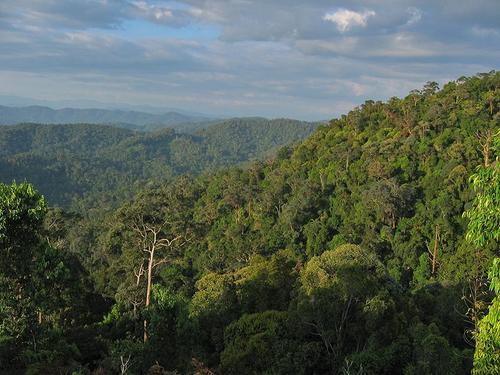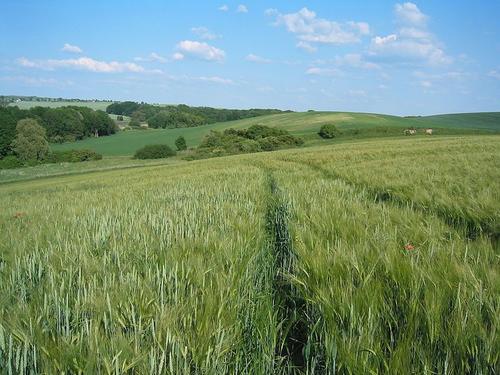Vegetation and agriculture
Ecosystems provide many hydrological services. Plant stands are natural reservoirs of water, preventing loss from runoff. Via transpiration, water is gradually released into the atmosphere at the location of precipitation, strengthening local water cycling. Strengthening the local water cycling positively affects the local environmental conditions (relative humidity, temperature, precipitation rates) and is beneficial for natural vegetation and agricultural plants. In regions with a pronounced desertification process temperature increases and relative humidity decreases which has a significant negative impact on agriculture.
The systems with the most pronounced role in the water cycle are forests, which regulate 1/3 of planet's watersheds, wetlands with vegetation rooted in water-saturated soils, assuring continuous transpiration flow and riparian zones with plants rooted in hyporheic zone. Tropical forests are exceptionally effective. They cover only 6 % of the planet's surface, but they receive nearly half of the world's rainfall.
(Gaberščik & Murlis 2011)
The agricultural sector is the most important user of water and impacts most heavily on ecosystems’ ”water share”. Abstraction of water for agriculture is leading to dried up rivers, falling groundwater tables, salinated soil and polluted waterways. Carefully considered multipurpose projects can combine irrigation with aquifer recharge, land drainage and ecosystem sustenance. (CAP-NET 2006)

